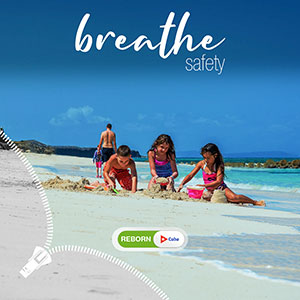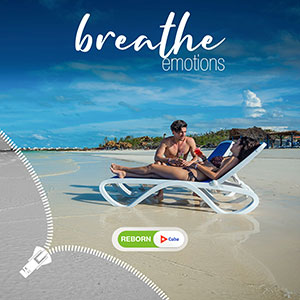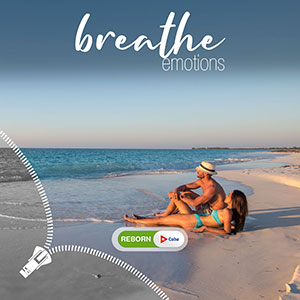
Cuba welcoming tourists back in its own way
IAN STALKER
Cuba says the non-mainstream manner in which it re-entered international tourism should reassure potential visitors who may be uneasy about travel these days as
the coronavirus pandemic continues.
July 1 saw the reopening of a cluster of islands off Cuba’s north coast that to date have been coronavirus-free and are only home to those working in the travel industry, with those islands having been uninhabited before being developed for tourism.
The reopening of the islands followed what the Cuba Tourist Board calls a “complete and rigorous certification program with far-reaching health and safety protocols at all the hotels, non-hotel services, support services, transportation and all companies of the tourism sector.”



 The protocols were drawn up by the country’s Ministries of Tourism and Public Health, with input from the World Tourism Organization and the World Health Organization, along with tour operators, and Cuban tourism companies.
The protocols were drawn up by the country’s Ministries of Tourism and Public Health, with input from the World Tourism Organization and the World Health Organization, along with tour operators, and Cuban tourism companies.
The somewhat isolated nature of the islands will keep tourists and the population at large apart, which Cuba says will help keep both groups safe.
Lessner Gomez, the Cuba Tourism Board’s director for English-speaking Canada, told Canadian Travel Press that he has “total confidence” that the measures introduced will keep visitors healthy.
Strict certification
“It’s very strict certification that hotels and other companies in the tourism sector have to undertake,” he said. “It’s under the supervision of the government, the Ministry of Tourism and the Ministry of Public Health.”
Documents and entry requirements remain unchanged for tourists, who don’t have to undergo pre-testing for coronavirus. As well, visitors don’t have to self-isolate after arriving.
Upon arrival at the airport, visitors will their temperatures checked and receive a free coronavirus test, with results available in 24 hours. Clients testing positive are quarantined at an international clinic found in each resort area.
Each hotel has a medical team that includes a doctor, nurse and epidemiology specialist, who “will monitor and ensure the health of clients and workers. There is no doubt that the strength of the Cuba’s health system offers reassurance and gives peace of mind,” the tourism board says, adding Cuba’s medical system is a source of national pride.
Masks are mandatory at the airport and on buses during hotel transfers.
Canadian operators ready to return
“At the hotels, all the protocols are in place for health, safety and physical distancing so no mask is required inside the resort,” the tourist board adds.
Cayos Coco, Guillermo, Cruz, Santa Maria, Las Brujas, Ensenachos and Largo are comparatively newer additions to Cuban tourism, with the Cuban government selecting the previously uninhabited islands for tourism development because of their beaches.
“Very few places can rival the beauty of these beaches,” said Gomez, citing “powdery white sand, and clear, turquoise, warm water facing one of the world’s largest coral reefs.”
“These uncrowded beaches give clients the chance to walk kilometre upon kilometre with soft sand under their feet and not worry about physical distancing.”
Air Canada Vacations plans to begin sending people to the region in September, while Transat will return in October. Hola Sun returns in November.
All three tour operators will send people to the region from both Montreal and Toronto.
November will also see Sunwing begin sending clients back to Cuba.
Gomez said he’s hoping other parts of Cuba – such as Havana – will reopen to tourists in the fall.
